I work with teachers who have to fill out information in a Google Sheet every day. There is a column for date and a column for incident counts. They log in and add a row with a new date and incident count every day.
Here is a link to a version of the spreadsheet anyone can access:https://docs.google.com/spreadsheets/d/1tiFe99q1mTIWlsIh2v9toPWE1QTfBZ6F2_rpKlWNi8g/edit?usp=sharing
They want to see a single cell at the top of the spreadsheet (there are a few rows for meta-data calculations above where the headers and data entry begin -- I know, not best practice), populated with the most recent 10-day rolling average number of incidents.
I understand how to make a column with a 10-day rolling average: just =AVERAGE(), with cell on the same row and the 9 cells above in the incident count column.
However, how do I make a single cell at the top of the spreadsheet that either:
- is alway filled in with the last value in the 10-day rolling average column or
- calculates the 10-day rolling average based on the incident column (don't need a 10-day rolling average column at all)
And if I do need a 10-day rolling average column, how do I write a formula that makes the cell blank if not all of the 10 cells are numeric (it would include headers or blanks), so it doesn't calculate it for any row that doesn't have enough days for a 10-day average?
Thanks for considering my question! I use DAX for PowerBI, and I would use LASTDATE. Wondering if Google Sheets has that same concept, but in a formula.

